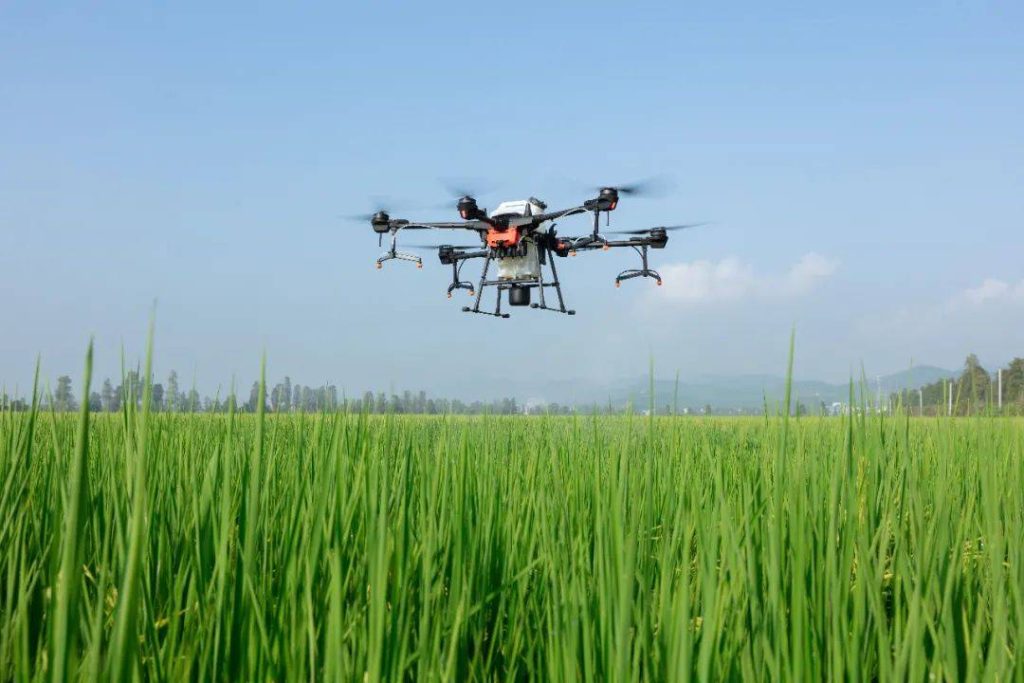In the realm of precision agriculture, drones have emerged as powerful tools for soil analysis. These unmanned aerial vehicles have the capability to collect valuable data about soil health, structure, and composition. In this article, we will explore how drones are shaping the future of precision agriculture through soil analysis.
Soil analysis is a crucial component of farming, as it directly impacts crop health and yield. Drones equipped with specialized sensors and cameras can capture high-resolution images and data related to soil properties. This data includes information about soil moisture, nutrient levels, pH, and compaction. Such insights enable farmers to make informed decisions about soil management.
One of the key advantages of using drones for soil analysis is their ability to cover large areas rapidly. Traditional soil sampling methods involve collecting samples manually, which can be time-consuming and provide only localized information. Drones, on the other hand, can survey extensive farmland in a fraction of the time, offering a comprehensive view of soil conditions.
By analyzing soil data collected by drones, farmers can implement targeted soil management practices. For instance, they can adjust fertilization strategies to address nutrient deficiencies or apply lime to balance soil pH. This precision in soil management not only improves crop health but also reduces the need for excessive resource use, such as fertilizer or water.
Drones are particularly valuable in variable rate technology (VRT) applications. VRT involves customizing input application rates based on the specific needs of different parts of the field. Drones can identify these variations and provide the data required to implement VRT effectively, leading to cost savings and improved crop yields.
In addition to improving soil quality, drones can also aid in erosion control and sustainable land use. By identifying areas of a field prone to erosion, farmers can take preventative measures, such as planting cover crops or altering field contours. This helps protect the soil and the environment in the long run.
In conclusion, agricultural drones are changing the landscape of precision agriculture by enhancing soil analysis. Their ability to capture detailed soil data quickly and efficiently allows farmers to make informed decisions that lead to healthier crops and more sustainable farming practices. As technology continues to advance, drones are expected to play an even more significant role in soil analysis, helping to shape the future of agriculture.







Please sign in to comment
register